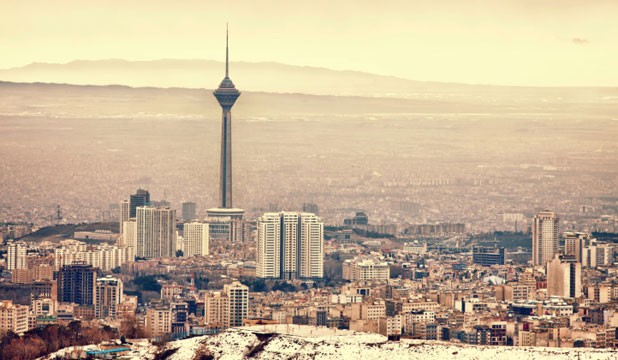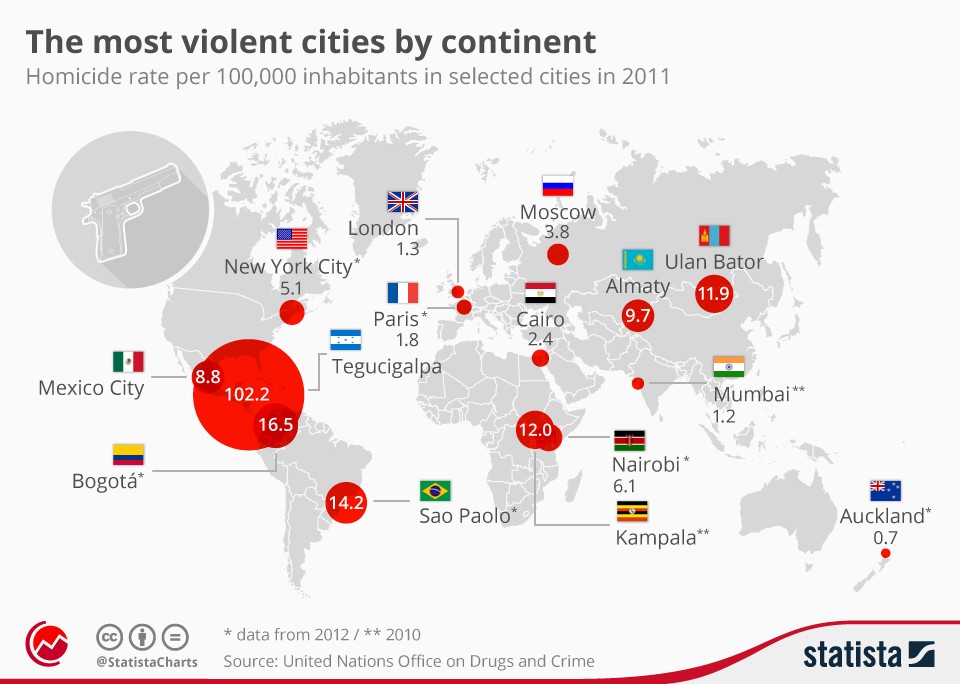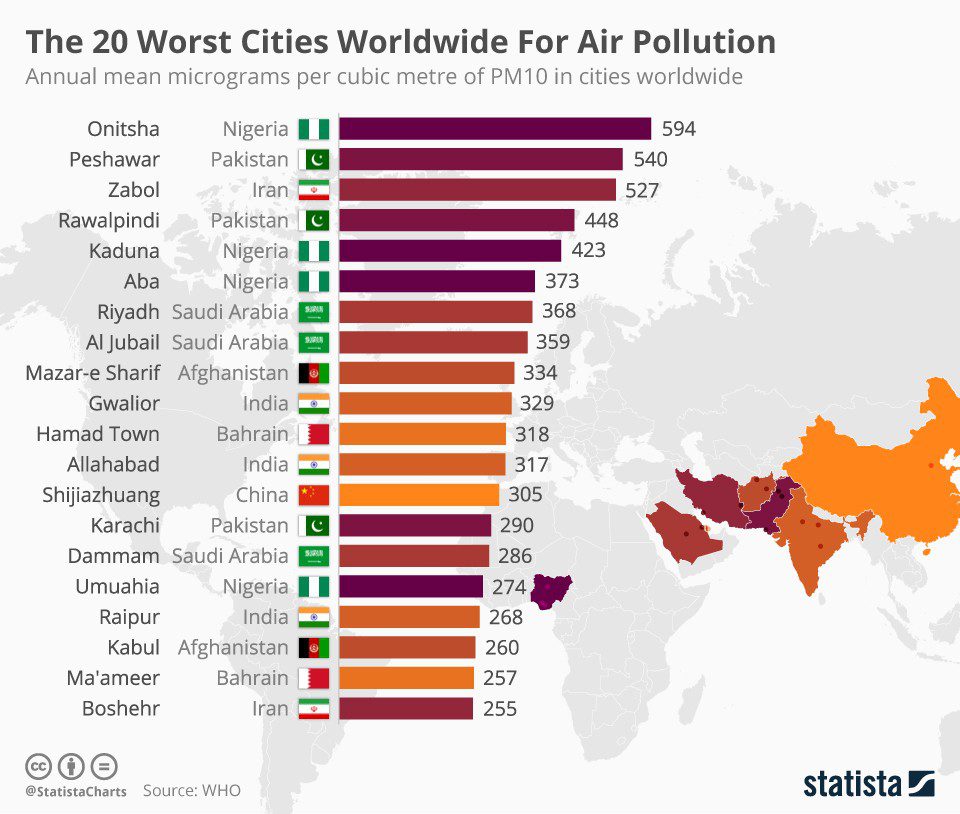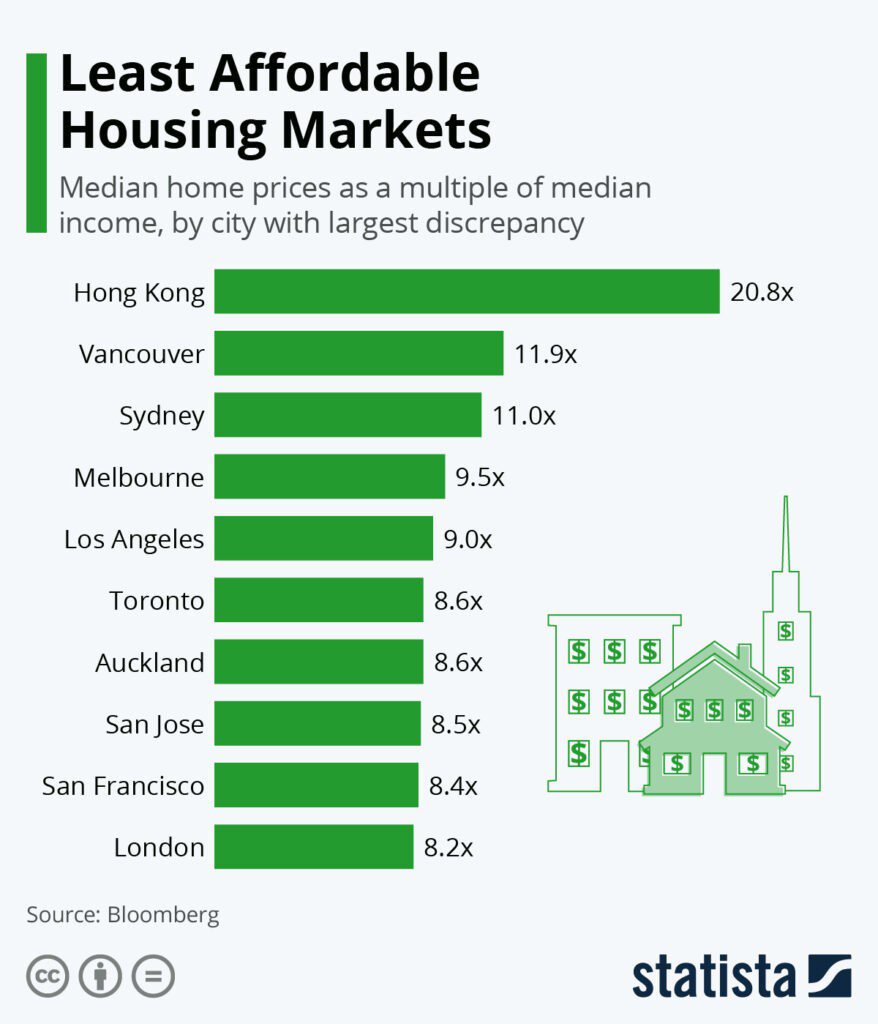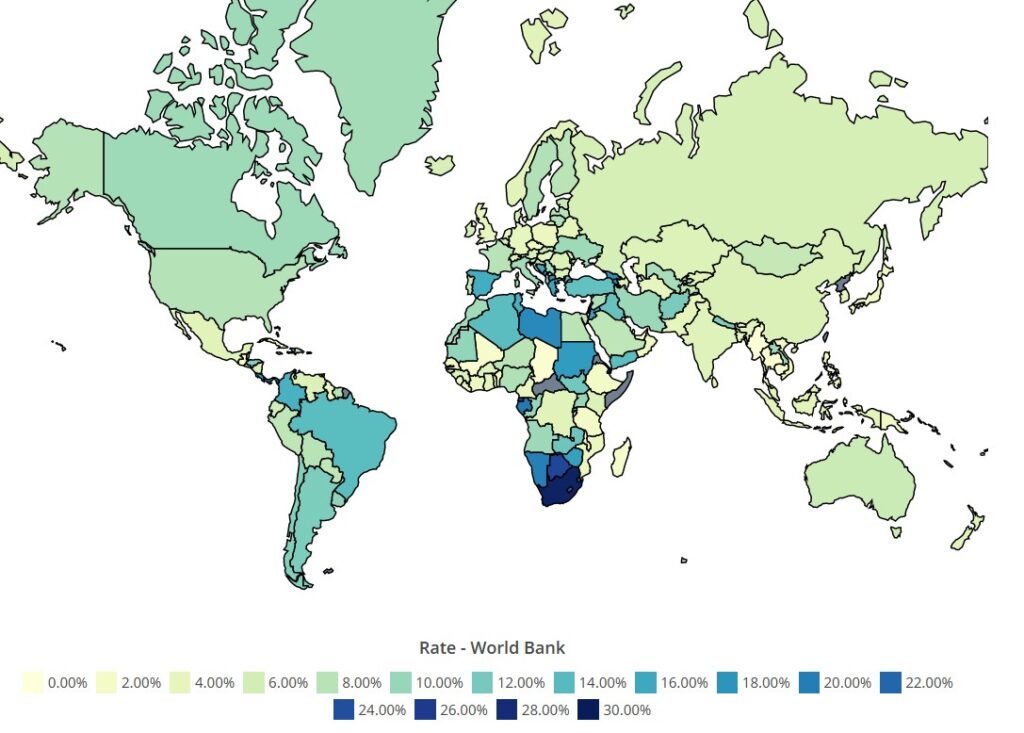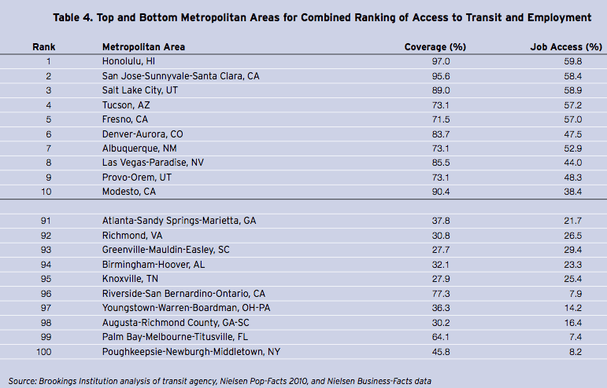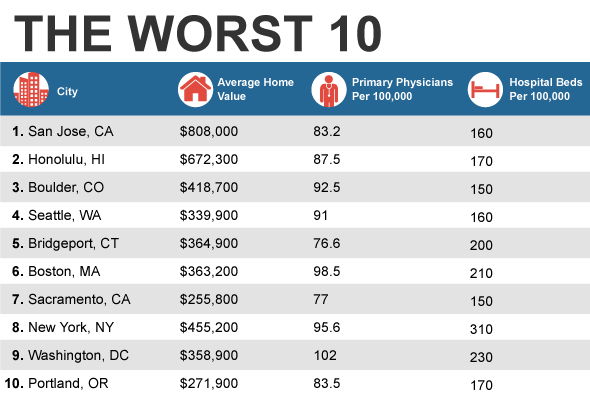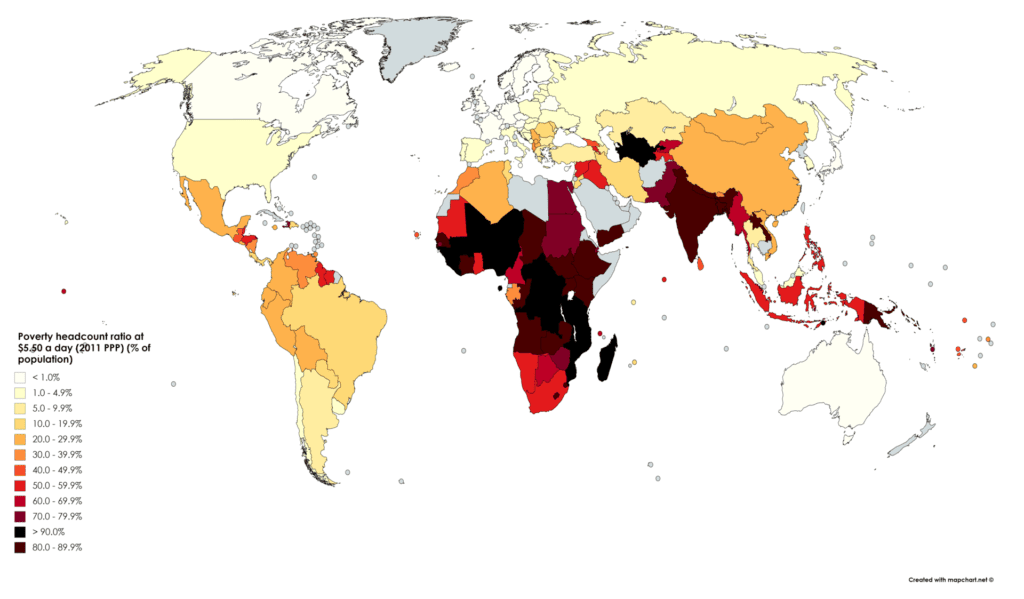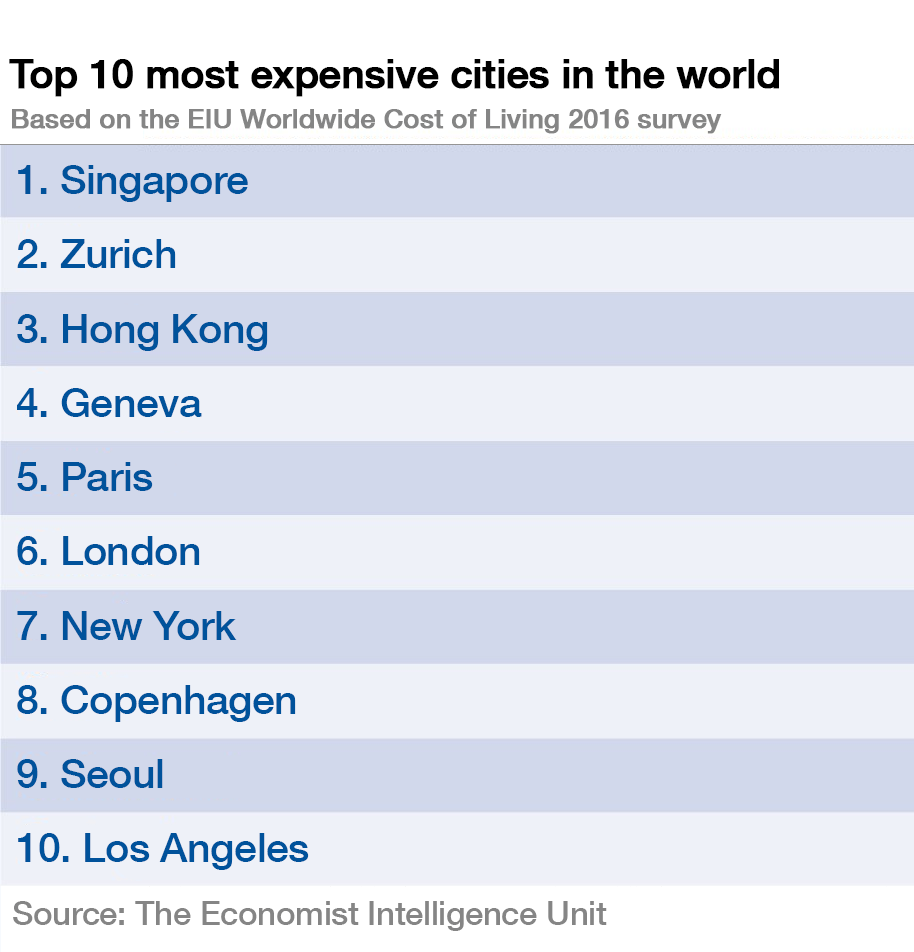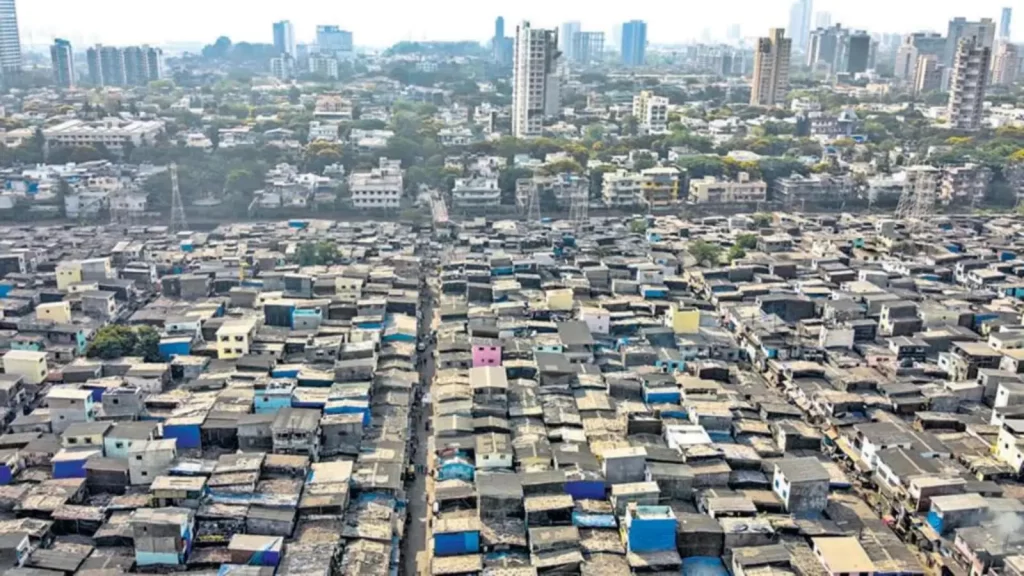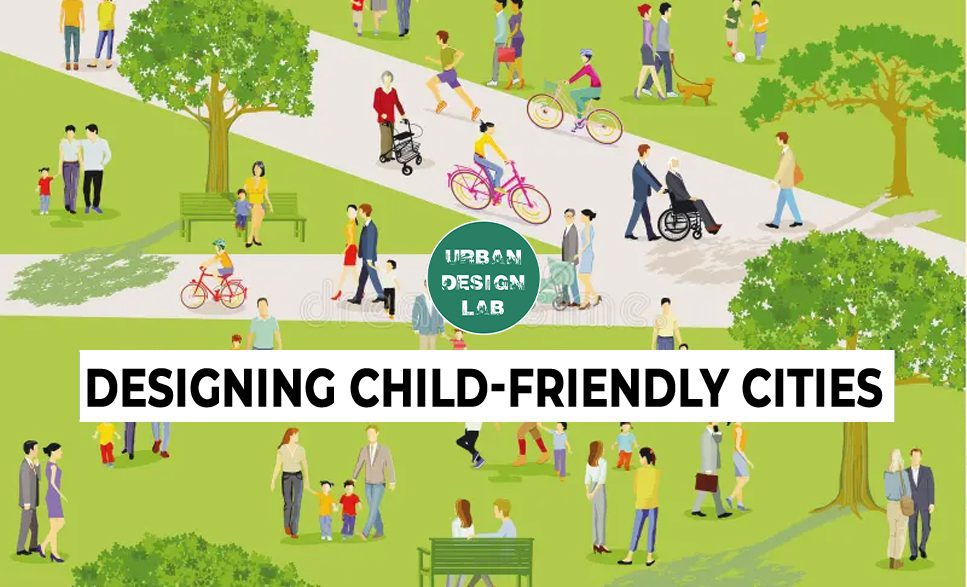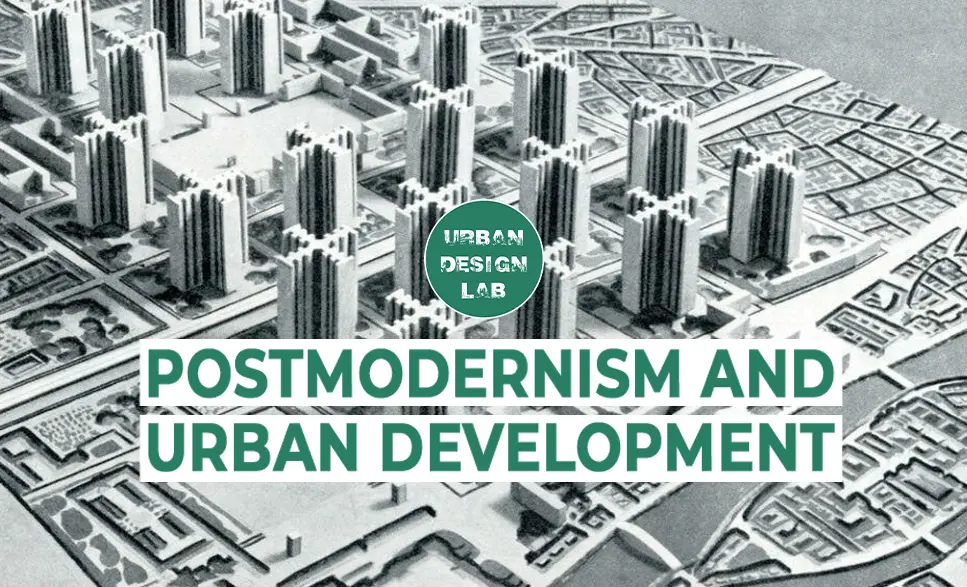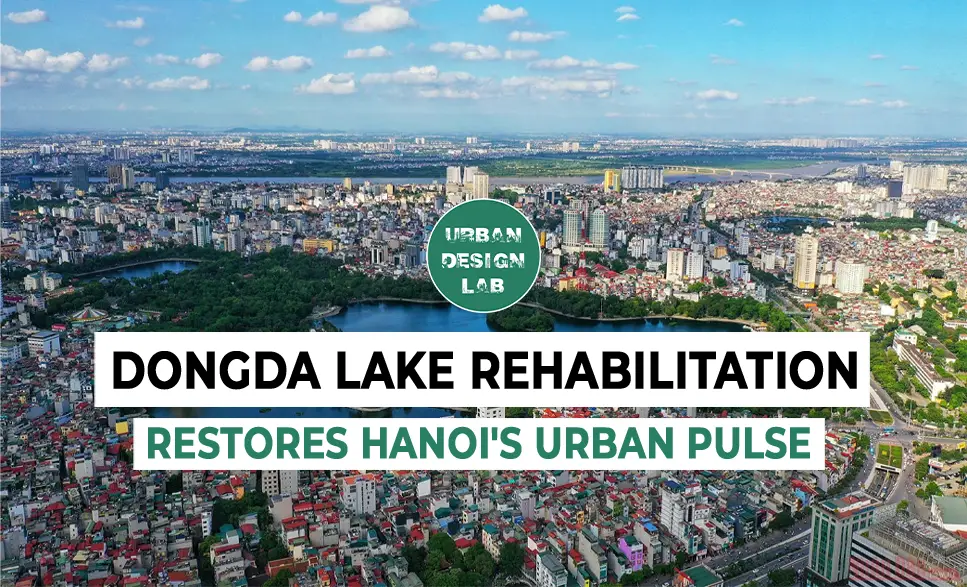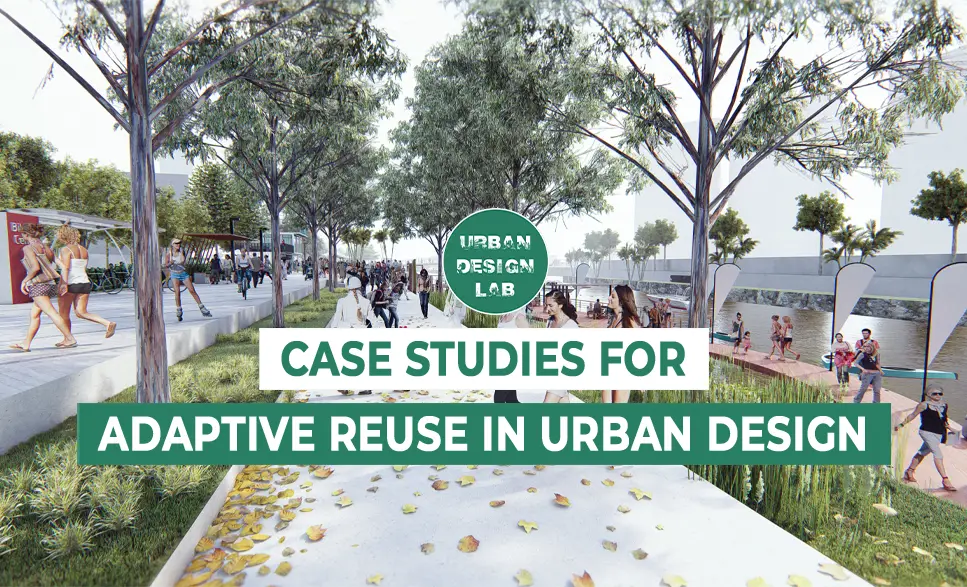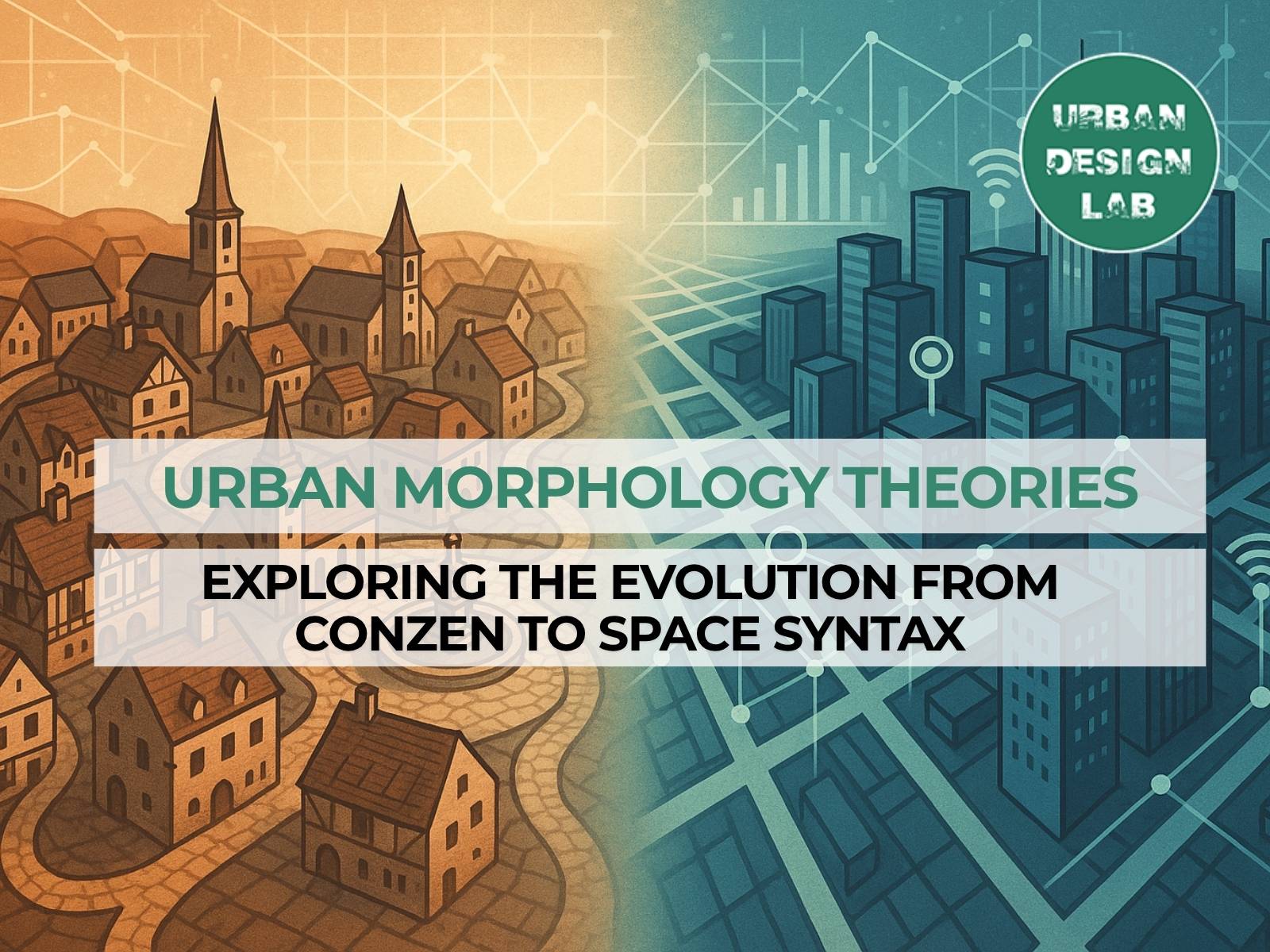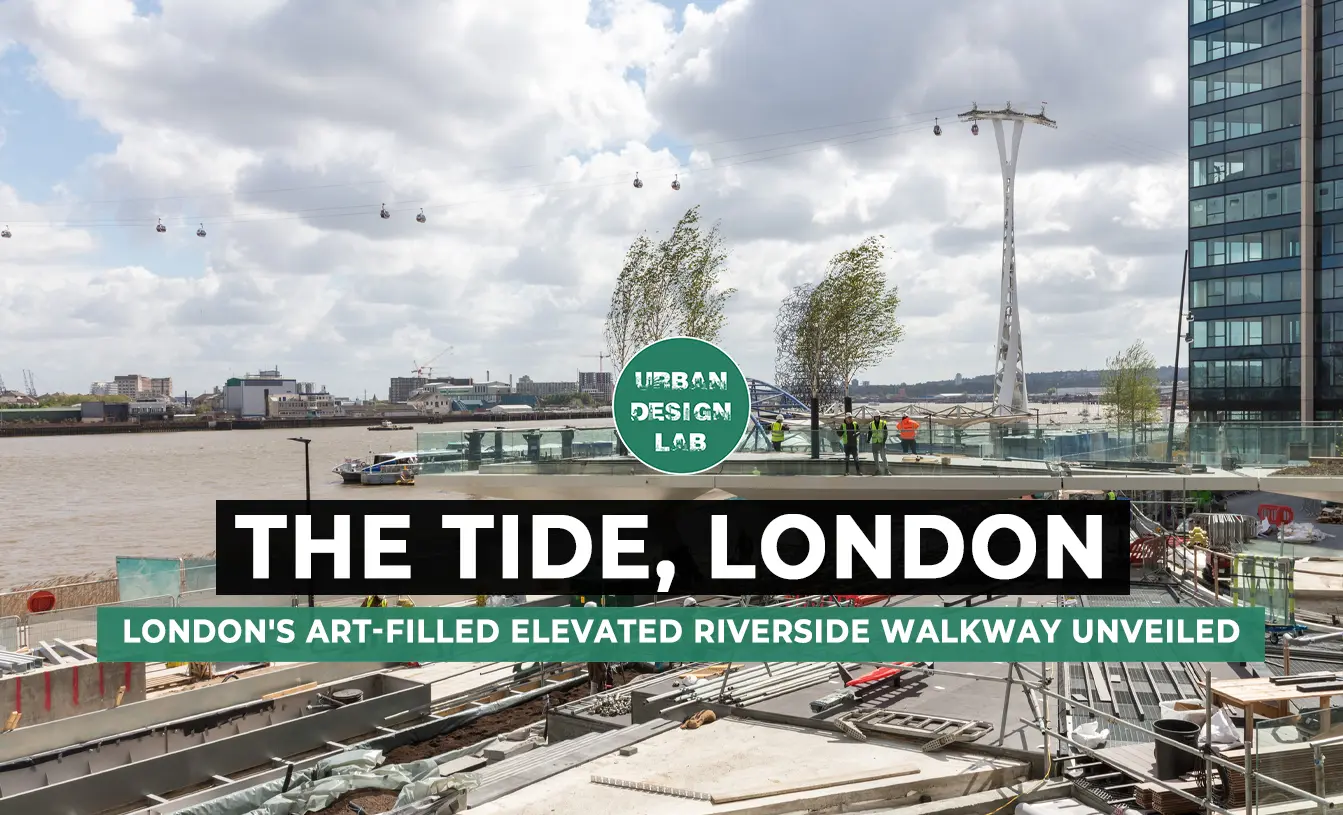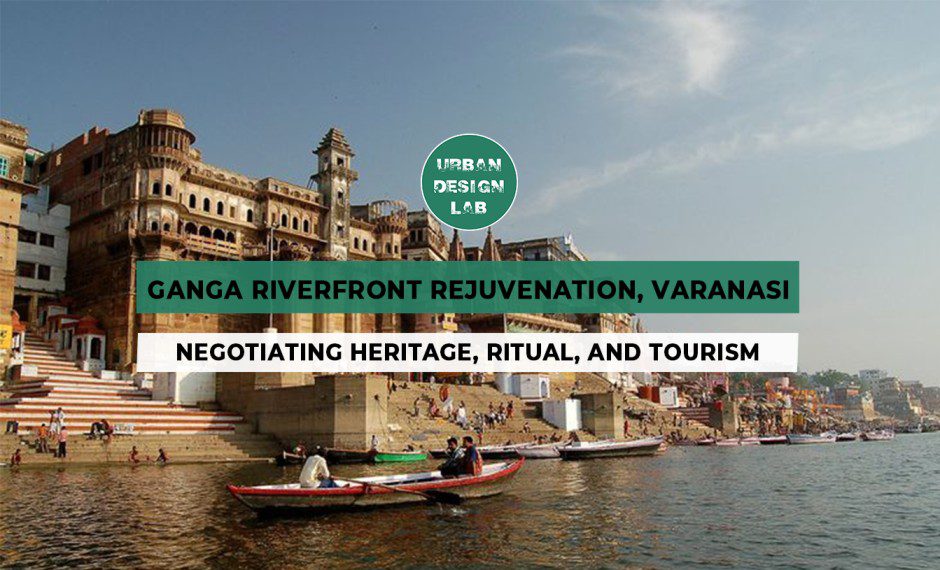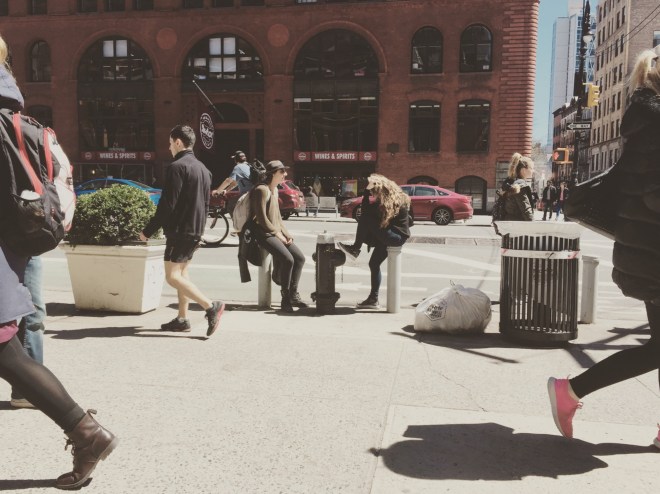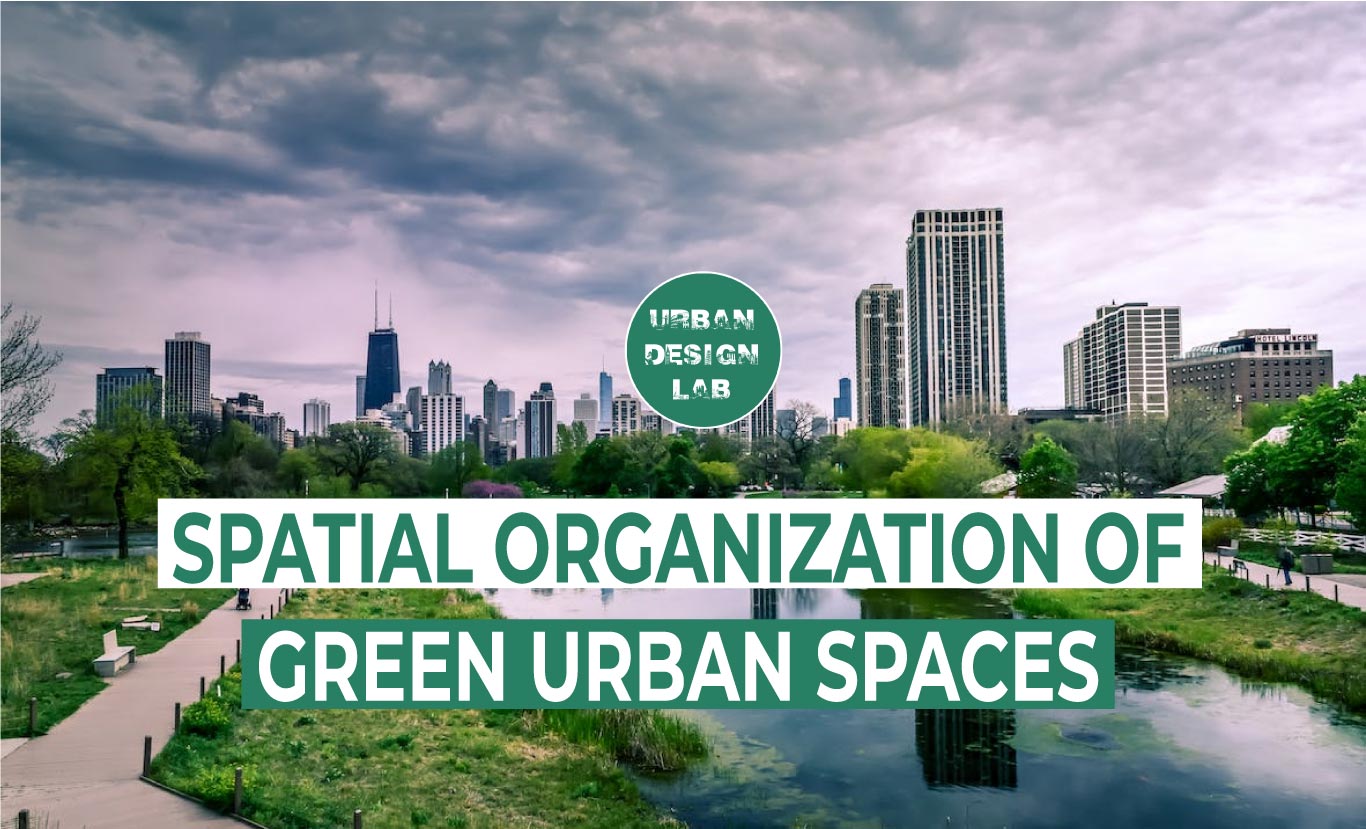
Top 10 reasons that makes an unlivable city

What is a livable and unlivable city?
Unlivable city
An unlivable city is a place that is not suitable for human habitation due to factors such as poor living conditions, lack of access to basic needs, and reduced quality of life. These factors can include high crime rates, poor air and water quality, lack of affordable housing and job opportunities, poor public transportation, limited access to healthcare and education, high poverty and cost of living, and lack of green open spaces. These issues can lead to negative consequences for residents such as poor health outcomes, reduced economic opportunities, and limited mobility and access to resources. An unlivable city can be a result of inadequate government policies, lack of investment in infrastructure and public services, and neglect of marginalized communities.
- Tehran, Iran
- Douala, Cameroon
- Harare, Zimbabwe
- Dhaka, Bangladesh
- Port Moresby, PNG
- Karachi, Pakistan
- Algiers, Algeria
- Tripoli, Libya
- Lagos, Nigeria
- Damascus, Syria
Livable city
On the contrary, a livable city on the other hand is a place that is designed and managed to provide residents with a high quality of life, and where people can live, work, and play safely and comfortably. It is a city that has a balance of economic, social, environmental and cultural opportunities. It has well-maintained infrastructure, reliable public services, affordable housing and transportation, safe and clean neighborhoods, and access to green spaces and recreational opportunities. It also provides access to education, healthcare, and job opportunities, and promotes a sense of community and social cohesion. A livable city also prioritizes the needs of all residents, including marginalized communities, and promotes equity and inclusivity. It is a city that is constantly evolving and adapting to the changing needs of its citizens.
- Vienna, Austria
- Copenhagen, Denmark
- Zurich, Switzerland
- Calgary, Canada
- Vancouver, Canada
- Geneva, Switzerland
- Frankfurt, Germany
- Toronto, Canada
- Amsterdam, Netherlands
- Osaka, Japan and Melbourne, Australia (tie)
Reasons that makes an unlivable city
This article delves into the top 10 reasons that can make a city unlivable. It begins by highlighting the importance of a city’s safety and security, and how a high crime rate can greatly impact the livability of a city. The article then goes on to discuss other factors such as poor air quality, lack of affordable housing, and limited job opportunities, which can all contribute to a city being unlivable. The article also touches on issues such as poor public transportation, limited access to healthcare and education, high poverty rate, and high cost of living. The article concludes by discussing how environmental degradation and the lack of green spaces can negatively impact the livability of a city. Overall, the article provides a comprehensive overview of the various factors that can make a city unlivable and the impact these factors have on the residents of the city.
1. High Crime Rate
High crime rates can make a city unlivable for many people. It can lead to fear, mistrust and a lack of community cohesion. This can also lead to a decrease in property values, making it difficult for residents to sell their homes and move to safer areas. Solutions to reducing crime in a city include increasing police presence, implementing community policing programs, and investing in programs that address the root causes of crime such as poverty, unemployment, and lack of education. Additionally, creating more affordable housing, improving schools and providing job training can also help to reduce crime.
2. Poor air quality
Poor air quality can make a city unlivable for many people, as it can have serious health effects such as respiratory problems and cardiovascular disease. It can also lead to decreased quality of life and reduced property values. Solutions to improving air quality in a city include reducing emissions from vehicles and industrial sources, promoting clean energy, and encouraging sustainable transportation options such as biking and public transit. Additionally, green spaces, such as parks and trees, can also help to improve air quality by absorbing pollutants. Government regulations and monitoring of air quality are important steps in addressing the issue.
3. Lack of affordable housing
A lack of affordable housing can make a city unlivable for many people, as it can lead to homelessness and housing insecurity. It can also lead to a lack of diversity in neighborhoods, as low-income individuals and families are often priced out of certain areas. Solutions to addressing the lack of affordable housing include increasing the supply of low-income housing, implementing rent control policies, and creating financial assistance programs for renters and homebuyers. Additionally, encouraging the development of mixed-income housing and providing incentives for landlords to keep rents affordable can also help to make housing more accessible for low-income individuals and families. Government intervention and partnership with private sectors are important steps in addressing the issue.
4. Limited job opportunities
Limited job opportunities can make a city unlivable for many people, as it can lead to high unemployment and poverty. It can also lead to a lack of economic growth and a decrease in the overall standard of living in the city. Solutions to addressing limited job opportunities include investing in job training programs, encouraging the development of new businesses and industries, and providing financial incentives for companies to relocate to the area. Additionally, promoting entrepreneurship and small business development can also help to create new jobs in the city. Government intervention and partnership with private sectors are important steps in addressing the issue.
5. Poor public transportation
Poor public transportation can make a city unlivable for many people, as it can lead to long commutes, limited mobility, and reduced access to job opportunities, education, and healthcare. It can also lead to increased traffic congestion and air pollution. Solutions to improving public transportation include investing in new and expanded bus and rail systems, implementing bus rapid transit and other efficient transportation options, and increasing frequency and reliability of service. Additionally, promoting bike-sharing and bike lanes, and developing ride-sharing programs can also help to make transportation more accessible for everyone. Government investment and partnership with private sectors are important steps in addressing the issue.
6. Limited access to healthcare
Limited access to healthcare can make a city unlivable for many people, as it can lead to poor health outcomes and increased financial burden for individuals and families. It can also lead to disparities in health outcomes among different communities. Solutions to addressing limited access to healthcare include increasing the number of healthcare providers, particularly in underserved areas, expanding Medicaid and other government-funded health insurance programs, and promoting the use of telemedicine and other technology-based solutions to improve access to care. Additionally, increasing funding for community health clinics, and investing in preventative care and public health programs can also help to make healthcare more accessible for all residents. Government intervention, both financially and by creating policies, and partnership with private sectors are important steps in addressing the issue.
7. Limited access to education
Limited access to education can make a city unlivable for many people, as it can lead to lower academic achievement and reduced economic opportunities. It can also lead to disparities in educational outcomes among different communities. Solutions to addressing limited access to education include investing in high-quality early childhood education, increasing funding for public schools, and providing financial assistance for higher education. Additionally, promoting vocational and technical education, creating after-school and summer programs, and implementing programs to support the success of underrepresented students can also help to make education more accessible for all residents. Government intervention and partnership with private sectors, such as through scholarships and grants, are important steps in addressing the issue.
Here is the list of 5 Countries with the Worst Education System in the World (2022):
1. Niger’s education system
2. Burkina Faso’s education system
3. Somalia
4. The education system in Eritrea
5. The education system in Mali
8. High poverty rate
High poverty rates can make a city unlivable for many people, as it can lead to lack of access to basic needs such as food, housing, and healthcare. It can also lead to lower educational attainment and reduced economic opportunities. Solutions to reducing poverty in a city include increasing the minimum wage, expanding access to government assistance programs such as food stamps and housing vouchers, and investing in job training and education programs. Additionally, increasing the availability of affordable housing and promoting economic development can also help to reduce poverty in a city. Government intervention and partnership with private sectors, such as by providing tax breaks for companies that hire low-income individuals, are important steps in addressing the issue.
9. High cost of living
High cost of living can make a city unlivable for many people, as it can lead to financial strain and difficulty in affording basic needs such as housing, food, and healthcare. It can also lead to reduced accessibility to goods and services, and limit the ability for people to save for future needs such as retirement or children’s education. Solutions to reducing cost of living in a city include increasing the minimum wage, expanding access to government assistance programs such as food stamps and housing vouchers, and investing in affordable housing. Additionally, promoting local businesses and community-based economic development can also help to reduce cost of living in a city. Government intervention and partnership with private sectors, such as by providing tax breaks for companies that offer affordable goods and services, are important steps in addressing the issue.
10. Lack of green open spaces
A lack of green open spaces can make a city unlivable for many people, as it can lead to a lack of access to nature and recreation, and can negatively impact physical and mental health. It can also lead to increased heat island effect and air pollution, making the city less habitable. Solutions to addressing the lack of green open spaces in a city include creating new parks and preserving existing green spaces, promoting urban agriculture, and incorporating green roofs and other forms of green infrastructure into city planning. Additionally, promoting access to nature by creating bike and walking paths, and encouraging the use of public transportation can also help to make cities more livable. Government intervention and partnership with private sectors and community organizations are important steps in addressing the issue.
Conclusion
In conclusion, an unlivable city is a place where residents face significant challenges in their daily lives due to factors such as poor living conditions, lack of access to basic needs, and reduced quality of life.
However, it is possible to make an unlivable city livable through a combination of government policies, private sector investments, and community engagement. Solutions such as increasing police presence, implementing community policing programs, and investing in programs that address the root causes of crime, promoting clean energy, and encouraging sustainable transportation options, increasing the supply of low-income housing, implementing rent control policies, and creating financial assistance programs for renters and homebuyers, creating new parks and preserving existing green spaces, promoting urban agriculture, and incorporating green roofs and other forms of green infrastructure into city planning, and promoting access to nature by creating bike and walking paths, and encouraging the use of public transportation are some of the ways to address the issues that make a city unlivable.
It is important to note that making a city livable is a continuous process and requires a long-term perspective. It involves constant monitoring and evaluation of the changes and the needs of the residents, and making adjustments accordingly. A livable city is one that is designed and managed to provide residents with a high quality of life, and where people can live, work, and play safely and comfortably, and promotes equity and inclusivity for all.

Urban Design Lab
About the Author
This is the admin account of Urban Design Lab. This account publishes articles written by team members, contributions from guest writers, and other occasional submissions. Please feel free to contact us if you have any questions or comments.
Related articles


Architecture Professional Degree Delisting: Explained

Periodic Table for Urban Design and Planning Elements


History of Urban Planning in India
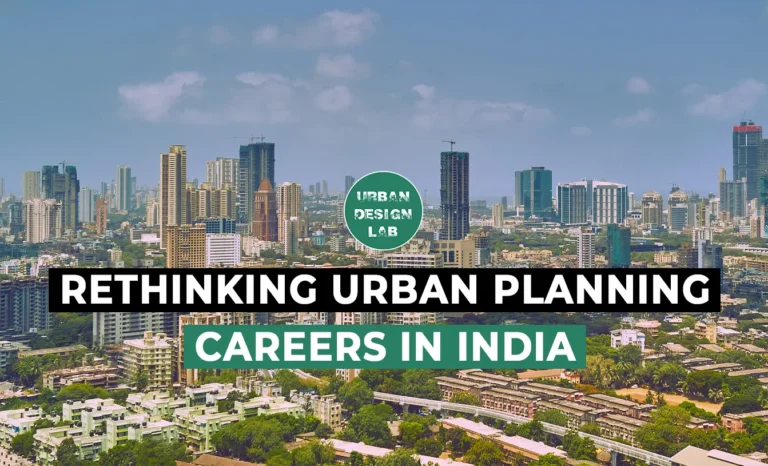
Rethinking Urban Planning Careers in India
UDL Illustrator
Masterclass
Visualising Urban and Architecture Diagrams
Session Dates
17th-18th January 2026

Urban Design Lab
Be the part of our Network
Stay updated on workshops, design tools, and calls for collaboration
Curating the best graduate thesis project globally!

Free E-Book
From thesis to Portfolio
A Guide to Convert Academic Work into a Professional Portfolio”
Recent Posts
- Article Posted:
- Article Posted:
- Article Posted:
- Article Posted:
- Article Posted:
- Article Posted:
- Article Posted:
- Article Posted:
- Article Posted:
- Article Posted:
- Article Posted:
Sign up for our Newsletter
“Let’s explore the new avenues of Urban environment together “


